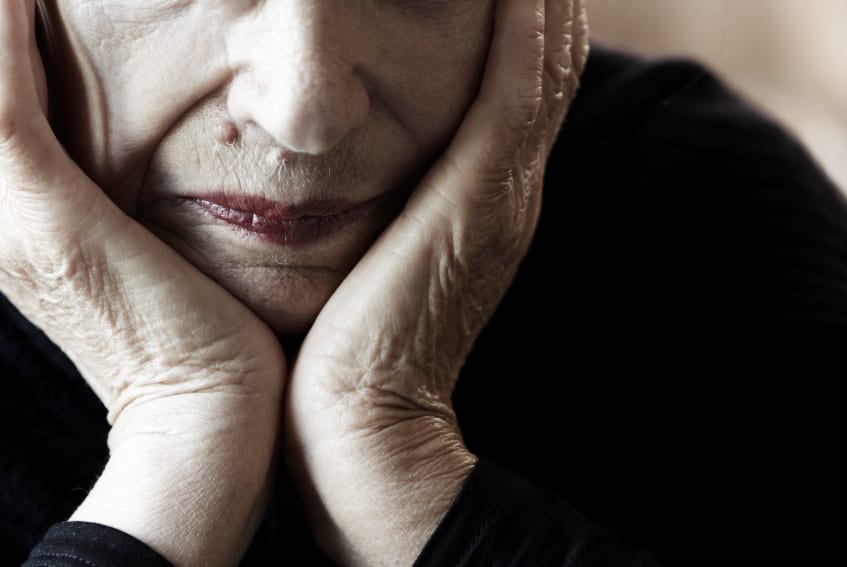Error! You must specify a value for the Video ID, Width, Height and Anchor parameters to use this shortcode!
Depression affects more than 19 million Americans every year, regardless of age, race, or gender. While depression is not a normal part of the aging process, there is a strong likelihood of it occurring when other physical health conditions are present. For example, nearly a quarter of the 600,000 people who experience a stroke in a given year will experience clinical depression. Unfortunately, symptoms of depression are often overlooked and untreated when they coincide with other medical illnesses or life events that commonly occur as people age (e.g., loss of loved ones). However, clinical depression is never a “normal” response; it is a serious medical illness that should be treated at any age.
Prevalence
- More than two million of the 34 million Americans age 65 and older suffer from some form of depression.
Co-occurring Illnesses
- Symptoms of clinical depression can be triggered by other chronic illnesses common in later life, such as Alzheimer’s disease, Parkinson’s disease, heart disease, cancer and arthritis.
Widowhood
- One-third of widows/widowers meet criteria for depression in the first month after the death of their spouse, and half of these individuals remain clinically depressed after one year.
Healthcare Costs
- Older patients with symptoms of depression have roughly 50% higher healthcare costs than non-depressed seniors.
Suicide
- Depression is a significant predictor of suicide in elderly Americans.
- Comprising only 13% of the U.S. population, individuals aged 65 and older account for 20% of all suicide deaths, with white males being particularly vulnerable.
- Suicide among white males aged 85 and older (65.3 deaths per 100,000 persons) is nearly six times the suicide rate (10.8 per 100,000) in the U.S.
Treatment
- More than 55% of older persons treated for mental health services received care from primary care physicians. Less than 3% aged 65 and older received treatment from mental health professionals.
- Primary care physicians accurately recognize less than one half of patients with depression, resulting in potentially decreased function and increased length of hospitalization.
Fortunately, clinical depression is a very treatable illness. More than 80% of all people with depression can be successfully treated with medication, psychotherapy or a combination of both.
Older Adult Attitudes Toward Depression
According to a Mental Health America survey on attitudes and beliefs about clinical depression:
- Approximately 68% of adults aged 65 and over know little or almost nothing about depression.
- Only 38% of adults aged 65 and over believe that depression is a “health” problem.
- If suffering from depression, older adults are more likely than any other group to “handle it themselves.” Only 42% would seek help from a health professional.
- Signs of depression are mentioned more frequently by people under age 64 than people aged 65 and over. These include “a change in eating habits” (29% vs. 15%), “a change in sleeping habits” (33% vs. 16%) and “sadness” (28% vs. 15%).
- About 58% of people aged 65 and older believe that it is “normal” for people to get depressed, as they grow older.

